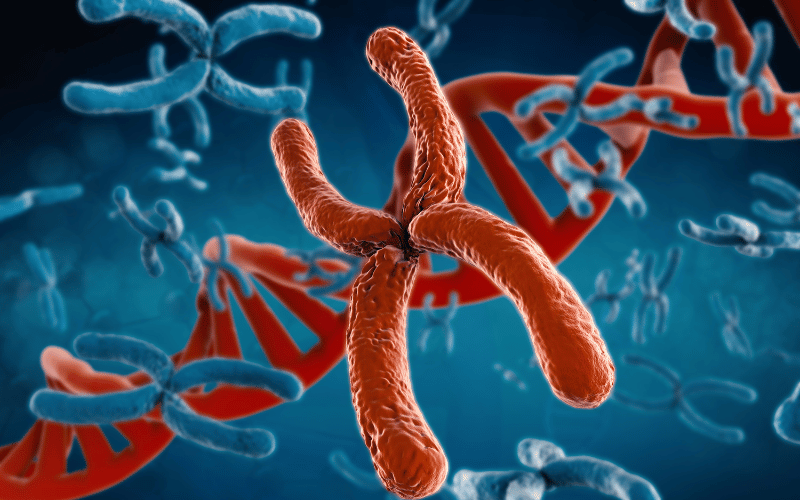Fact 9: Genetic and Environmental Factors

Genetics, our very biological blueprint, plays an intricate role in our susceptibility to various diseases, Cholangiocarcinoma included. Specific genes can make one more predisposed to developing this cancer. On the flip side, environmental factors, often modifiable, intersect with these genetic vulnerabilities, either amplifying or mitigating the risks.
Several genetic mutations have been identified that increase the risk of Cholangiocarcinoma. Some individuals inherit these mutations, while others might acquire them over their lifetime due to various factors. The role of genes is undeniable, with certain mutations directly influencing bile duct cell growth, leading them down the path of uncontrolled proliferation and eventual cancer.
While genes lay the foundation, environmental factors often act as triggers. Chronic inflammation of the bile duct, liver flukes (parasitic infections common in certain parts of Asia), and prolonged exposure to specific toxins can significantly elevate the risk. The dynamic between genetics and environment is a dance – where genes might predispose, but environmental factors often pull the trigger.
The silver lining in this intricate genetic-environmental web is the realm of modifiable risks. While one can’t change their genes, they can certainly make lifestyle and environmental choices that reduce the risk. Avoiding certain toxins, ensuring timely treatment of liver and bile duct infections, and being aware of one’s genetic history can make a marked difference. (9)